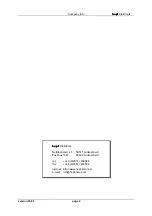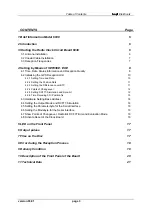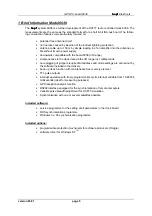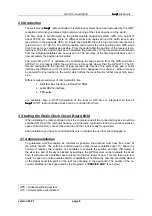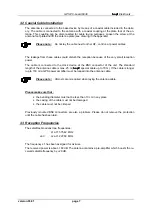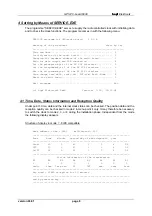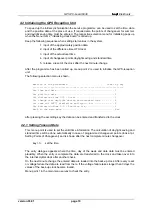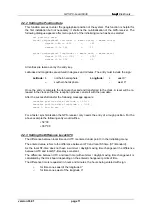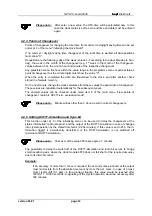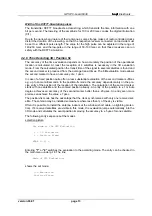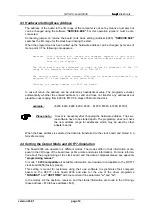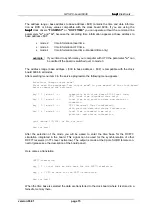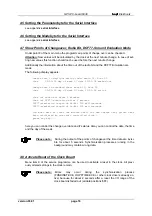
GPS PC-board 6038
hopf
hopf
Elektronik
version 03.01
page 6
2 Introduction
The well-proved
hopf
hopf
__
radio controlled / crystal clock systems have been extended by the GPS
1
reception unit which guarantees high precision running of the clock anywhere in the world.
The time basis is synchronised by the global satellite navigation system GPS. At a height of
about 20.000 km, satellites circle on different orbits and angles around the earth twice a day
(see picture in the appendix GPS). On board each satellite there is a high precision atomic clock
(precision min. 1x 10E-12). The GPS reception unit receives the orbit position and a GPS-world
time from as many satellites as possible. From these data first the position of the receiver is de-
termined. Once the position has been calculated the travel time of the transmission-information
from the individual satellites can be worked out. The accuracy of the time depends above all on
how accurately the position is calculated.
The world time UTC
2
is calculated by subtracting the leap second from the GPS-world time
(GPS-UTC). At present (1994) the world time is 8 seconds slower than the GPS-UTC. The dif-
ference changes with the insertion of leap seconds. By means of the system key pad or serial
interface the difference to UTC and the regional time changeover for summer- / winter time can
be entered for any location in the world, which offers the local time for further use at high preci-
sion.
Different well-proved ways of communication like:
•
8-Bit ISA-Bus interface via Dual-Port RAM
•
serial RS232 interface
•
PPS-pulse
are available. Also a DCF77-simulation of the local or UTC-time is integrated so that all
hopf
hopf
__
DCF77 radio controlled clocks can be controlled from here.
3 Starting
the Radio Clock Circuit Board 6038
When installing the radio controlled clock the computer and all the connected devices should be
switched off. Open the computer housing, plug the radio controlled clock into a vacant extension
space (8-bit ISA slot), connect the antenna and the clock is ready for operation.
After installation you have to control that there is no contact to any other board plugged in.
3.1 Antenna Installation
To guarantee a GPS-reception as constant as possible, the antenna must have free "view“ of
the whole horizon. The antenna is dimensioned so that it covers satellites over 10° above the
horizon. It requires the reception of 4 satellites to evaluate the position and time (3D mode). If
the view to a part of the sky is blocked by buildings, the GPS-receiver cannot evaluate the exact
time. It will wait until 4 satellites have moved into the free range of view. This can take up to four
hours in case of an unfavourable satellite constellation. Therefore the antenna should be placed
at the highest possible point on the roof (see drawing in the appendix). The quality of the re-
ceived satellites can be supervised by the programme
"SERVICE.EXE"
(see below).
1
GPS = Global positioning system
2
UTC = Universal time coordinated


